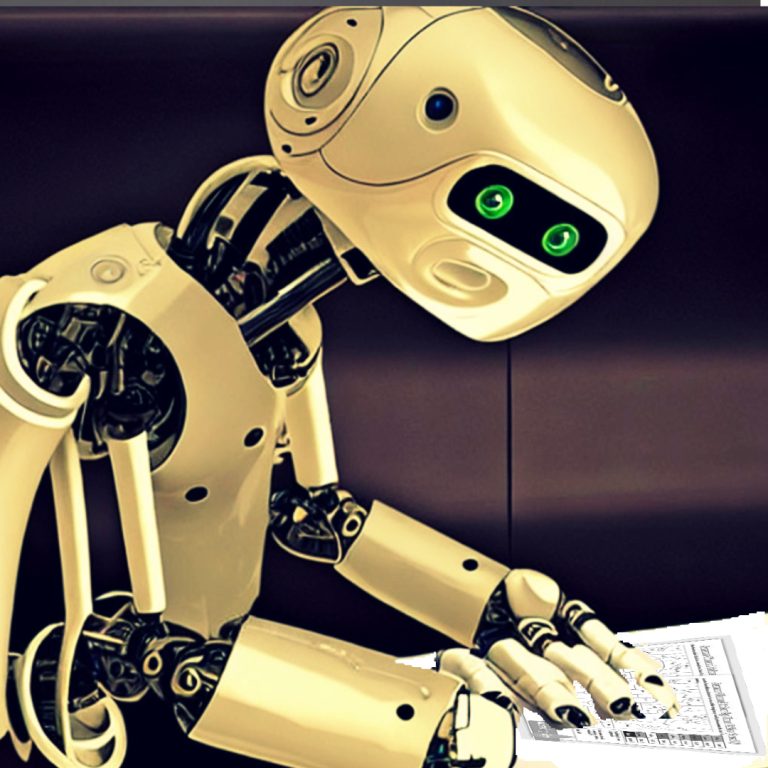The time Machine : Predicting futuristic event between the Sci-Fi and the current available models
- ahatia0503
- April 3, 2024
- 7:07 am
- No Comments

Our abilities to predict an event that occurs in the future are enhanced with the advances in computation and Machine learning. The current models, such as the Climate models, Earthquake models, Epidemic Modelsdels, have shown some signs of improvement and conflict mo. These Models represent the current and historical data collected over the years. In order to make a prediction, there is a need to have a specific mathematical model that simulates the present and historical data and predicts the futuristic event with different parameters, such as the spatial and time parameters, depending on the model you use. We all enjoy watching Sci-Fi Movies that specifically involve such as Finch, however, Tom Hanks gives the robot one order to predict the current weather situation, but not that simple. Training such a model with that accuracy needs a thousand of historical data to predict the futuristic data. We mentioned the models in which the data can be collected, such as climate models, Earthquake Models, Epidemic models, and Conflict models. Each of these models will give you a glance at historical data in different cities and at different times. Many scientific publications with different methodologies used the above methodology to predict the futuristic event. Many physical parameters must be considered before applying the mathematical algorithm. In the Next articles, I will talk about the different algorithms that can be used and also specify some milestones in collecting the data. Mathematical and computational tools that help in predicting the futuristic event?
Statistical models
Statistical models are used to analyse historical data and to identify patterns or trends that can help to predict future events. For example, a statistical model might be used to analyse historical earthquake data and identify areas more likely to experience seismic activity in the future.
Numerical weather prediction models
Numerical weather prediction models use complex mathematical equations to simulate the behaviour of the Earth’s atmosphere and to predict weather patterns. These models take into account a wide range of factors, such as temperature, pressure, humidity, and wind speed, and can be used to predict the path and intensity of hurricanes, tornadoes, and other extreme weather events
Machine learning models:
Machine learning models are a type of computational model that can be used to identify patterns or trends in large and complex data sets. For example, they might be used to analyze social media data and identify early warning signs of a potential pandemic.
Of Course, our daily life has become a bunch of digital information from the beginning of the day and the scan of your fingerprint to your daily coffee and your Eftops payment. Increasing the level of digital information has given us a bunch of information that needs to be analysed and predicted. Even your genetic information can also be collected to get your best match. It seems a crazy idea, but we started to evolve digitally than ever before. Data analysis has freakishly in-demand jobs, not just in research but industrially are needed for product quality analysis and prediction of consumer needs. Also, weather prediction is an interesting example of a data analysis job.
Dynamical models:
Dynamical models are used to study the behavior of complex systems over time by modeling the underlying physical or biological processes that drive them. For example, a dynamical model might be used to study the behavior of the Earth’s climate system and to predict future changes in the climate.
Collecting more data will make the model more accurate: The NASA Landsat 9 will provide more data.
In September 2021, NASA launched a new satellite mission called Landsat 9, designed to collect data on the Earth’s land surface and vegetation over time. The mission is a collaboration between NASA and the United States Geological Survey (USGS), and it builds on a long history of Landsat missions that have been collecting data since 1972.
One key goal of the Landsat 9 mission is to provide data for scientific research and natural resource management. The data collected by the mission will be freely available to researchers, government agencies, and the public through the USGS EarthExplorer website. The data can be used for a wide range of applications, including monitoring deforestation, mapping urban growth, and tracking changes in the Earth’s polar regions.
In addition to collecting data on land use and vegetation, the Landsat 9 mission is also designed to monitor changes in the Earth’s climate over time. The data collected by the mission can be used to study the impacts of climate change on the Earth’s ecosystems, water resources, and other natural systems.
One system that collects the data and presents the next possible catastrophic event would be helpful scientifically and humanitarian.
Our life deserves to work cooperatively on one system that collects data and a hybrid system with high precision in prediction.
